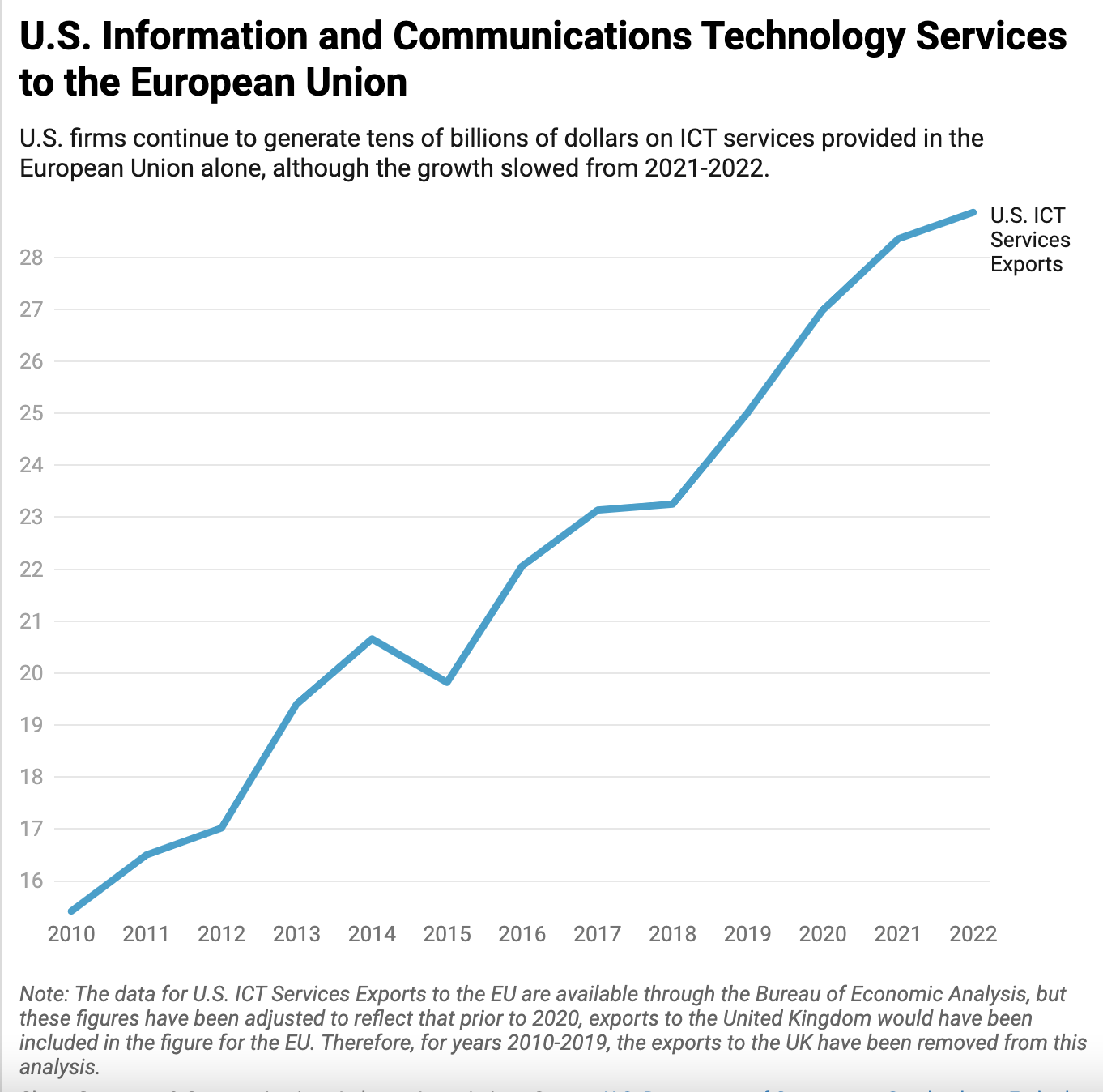CES 2013, Part 2: The Gadgets That Weren’t There
 LAS VEGAS–It can be easy to lose sight of this after inspecting almost 1.9 million square feet of CES exhibit space, but some devices have a history of never even showing up at the electronics industry’s annual gathering.
LAS VEGAS–It can be easy to lose sight of this after inspecting almost 1.9 million square feet of CES exhibit space, but some devices have a history of never even showing up at the electronics industry’s annual gathering.
The longest such absence has been video recorders that you can use with any pay-TV service, and this year’s CES continued that tradition. There’s never been any such standard for satellite TV, and by the time cable operators had more or less coalesced around CableCard, TiVo was the only mass-market effort left standing.
(Some DVD recorders offered the promise of controlling cable and satellite boxes through “IR blaster” wires that could send remote-control signals, but then their manufacturers remembered that nobody actually enjoys stringing that many devices together.)
This hasn’t been a universal condition. In Europe, standards for digital-cable reception allow electronics trade shows there to feature Blu-ray recorders. And this year’s CES offered one reminder of that: Huawei’s exhibit included an upcoming WiFi-linked, digital-cable-compatible, DVD-equipped DVR that, sadly, you won’t be able to buy here.
That doesn’t stop a cable or satellite provider from innovating on its own. For example, Dish Network announced at CES that its Hopper DVR, which can already skip ads on recorded prime-time programs, would allow remote playback over the Internet using the Sling software it acquired in 2007.
But most of the TV industry is not nearly so adventurous. (Note that the tech-news site CNET disqualified the Hopper from its “Best of CES” competition after its owner CBS, which is suing Dish over the ad-skipping feature, objected.)
The best hope for retiring the rented pay-TV box seems to be subscription services allowing users to view the channels they pay for over a secured Internet connection. For example, Time Warner will now allow Internet viewing to subscribers with a Roku receiver, and Cablevision has demonstrated the same with some Internet-connected Samsung TVs.
Phones have stayed locked down in the U.S. for almost as long as pay-TV tuners. That often it makes it a waste to spend too much time gawking at CES displays of new smartphones that haven’t been signed up by one carrier or another.
T-Mobile’s recent move to ditch subsidized pricing and cast itself as an “uncarrier” may start to ratchet that market open, but we’re going to have to wait longer to see solid signs of progress–either from phone manufacturers who decide to bring more unlocked, unsubsidized phones to market or from other carriers who elect to follow T-Mobile’s shift.
I can’t blame carriers alone for the subpar state of smartphones: Even many of the no-carrier-announced-yet phones shown off at CES featured older versions of Android and questionable alterations from Google’s standard interface. Research In Motion’s BlackBerry 10 remains a giant question mark, and two promising upstarts–Mozilla’s Firefox OS and the Linux-based Ubuntu Phone, the latter displayed at CES only in hands-off demonstrations–are too young for any conclusive judgment.
Apple’s iPhone and Google’s Nexus series represent how things ought to work–but once again, neither company had a presence on the show floor.
(Disclosure: For most of last year, I wrote a weekly blog post for the Consumer Electronics Association, the Arlington, Va., trade group that runs CES.)








